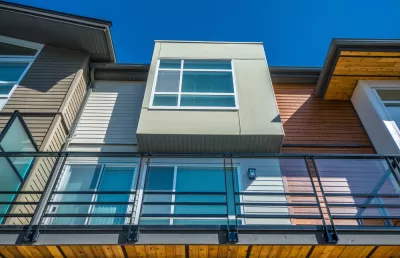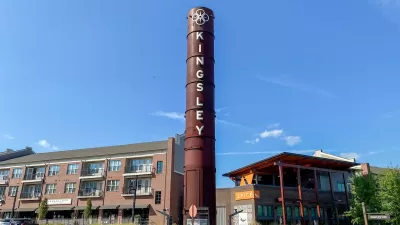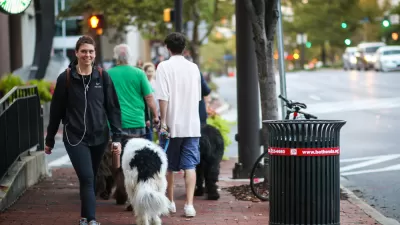Social changes in America relating to work, demographics and the family are changing the face of suburbs around the US.

Suburbs in America have become more diverse and urban and, according to an upcoming study from Demographic Strategies for Real Estate, that change is just getting started. An article by Patrick Sisson in Curbed reports, "This archetypical part of the American landscape, which has constantly been evolving, is in for some massive changes over the next decade that will reshape planning, land-use, and the real estate market." The old cliché of the lily-white suburb may need an update as increasingly American minorities and immigrants are choosing to live in them.
Sisson's article says the cause of this evolution is rooted to foundational changes in the country, "Powered by social and demographic shifts involving young workers, immigrants, working women, and retirees, suburbs will get denser, more diverse, and more urban."
While some U.S. politicians may bemoan what they see as blighted inner cities, home buyers around the country seems to see things differently. "The urban lifestyle is becoming more and more popular, so suburban towns and developers are increasingly catering those looking for a more walkable, dense community. A new supply of smaller homes with little or no yards in high-population areas will meet the demand to commute less and live closer to restaurants and entertainment." This doesn’t just mean homes with smaller footprints, it also means more shared dwellings and apartments; high-density suburbs may be yet another reason for the decline in single family homes around the U.S.
Whichever of these causes is the key driver of the change, the country is changing and the suburbs are changing with it.
FULL STORY: The new American suburb: diverse, dense, and booming

Alabama: Trump Terminates Settlements for Black Communities Harmed By Raw Sewage
Trump deemed the landmark civil rights agreement “illegal DEI and environmental justice policy.”

Planetizen Federal Action Tracker
A weekly monitor of how Trump’s orders and actions are impacting planners and planning in America.

The 120 Year Old Tiny Home Villages That Sheltered San Francisco’s Earthquake Refugees
More than a century ago, San Francisco mobilized to house thousands of residents displaced by the 1906 earthquake. Could their strategy offer a model for the present?

In Both Crashes and Crime, Public Transportation is Far Safer than Driving
Contrary to popular assumptions, public transportation has far lower crash and crime rates than automobile travel. For safer communities, improve and encourage transit travel.

Report: Zoning Reforms Should Complement Nashville’s Ambitious Transit Plan
Without reform, restrictive zoning codes will limit the impact of the city’s planned transit expansion and could exclude some of the residents who depend on transit the most.

Judge Orders Release of Frozen IRA, IIJA Funding
The decision is a victory for environmental groups who charged that freezing funds for critical infrastructure and disaster response programs caused “real and irreparable harm” to communities.
Urban Design for Planners 1: Software Tools
This six-course series explores essential urban design concepts using open source software and equips planners with the tools they need to participate fully in the urban design process.
Planning for Universal Design
Learn the tools for implementing Universal Design in planning regulations.
Clanton & Associates, Inc.
Jessamine County Fiscal Court
Institute for Housing and Urban Development Studies (IHS)
City of Grandview
Harvard GSD Executive Education
Toledo-Lucas County Plan Commissions
Salt Lake City
NYU Wagner Graduate School of Public Service




























